For thousands of years, trees, shrubs and plants have provided herbal medicines and remedies for a variety of ailments. Trees produce sap, leaves, bark, berries, and nuts, many of these by-products hold medicinal value for a multitude of remedies. Indigenous people and those living off the grid are well-aware of this medical power and every outdoor enthusiast should too. Lets take a look at seven of the most usual medicinal trees in North America, and their associated remedies. Some of these species you may have growing on your own property!
1. Elder Tree
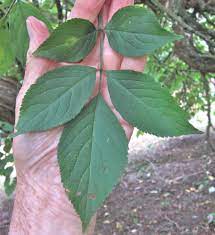
Source: Shutterstock
Insect bites can be super annoying and some adventurists will even exhibit more serious reactions to insect bites. One wilderness fix is the use of leaves from the Elder tree, to bring down the itch. A poultice can be made and applied to the irritated insect bite. It is best to crush the leaves into small pieces, add some water and apply a bandage over top. Remove and change your poultice every hour to keep the active ingredients effective. Elder leaves have been used for hundreds of years to treat irritation from biting insects.
2. Witch Hazel
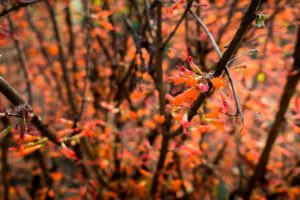
Source: Shutterstock
Witch Hazel is a tree found in many parts of North America and a species with several herbal remedy and medical uses. There is commercially-sold Witch hazel extracts available on the market and, if found in the wild, a poultice can be made to treat such things as burns, rashes, and to use as an astringent to adhere tissue together. Witch hazel also serves as a wound cleanser but the most effective use for witch hazel is as an anti-inflammatory. The extract is often used to treat swollen haemorrhoids because of inherent anti-inflammatory properties.
Witch Hazel is a small leafy shrub, similar to alternate leaf dogwood that grows from the southern reaches of the Unites States into the far north. Their leaves are rounded with an offset base, and they bloom late fall right into the winter in some cases.
3. Wild mint
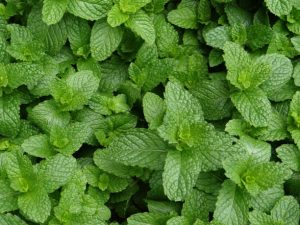
Source: Shutterstock
Wild mint is another of those herbal remedies with a multitude of uses. It is fairly easy to obtain in the wild and safely used on adults and children. The leaves are high in essential oils and have been used to treat nausea and headaches. Mint also lowers fever and treats colds and flu’s, by helping clear the sinuses. It t is safely consumed and healthy to eat.
Wild mint is a perennial herb which grows extensively in the moist areas of North America. The leaves are green growing in opposite pairs to height of 3-feet. They produce white to pink flows and prefer wet environments. Wild mint can spread quickly in some regions; covering vast areas of land which is why they are sometimes considered an invasive species.
4. Skullcap
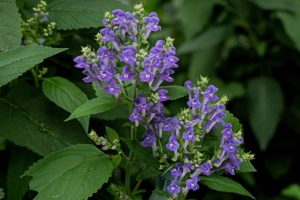
Source: Shutterstock
Otherwise known as Common Skullcap, this lesser-known plant is highly effective for treating anxiety and helping survivalists deal with the stress of being lost in the woods. Skullcap has been used to help break the fight or flight response and to allow people to relax in stressful situations. It is great for lessoning symptoms of trauma and insomnia as well. Skullcap is a perennial herb with serrated leaves, which grows in much of United States and Canada, and is a member of the mint family. Common Skullcap grows in wet areas along riverbanks, usually stands 8-20″ in height and produces beautiful blue flowers.
5. Willow bark
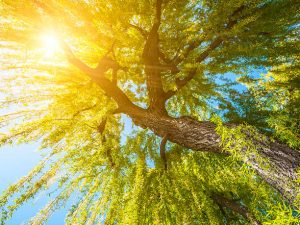
Source: Shutterstock
The willow tree is the origin of aspirin and if taken in the wild can mirror the effects of aspirin that you would purchase in a pharmacy. In the wild, it is used as an analgesic and a blood thinner. A word of caution however that only smaller amounts should be used, as an overabundance of willow could lead to a deadly complication called Reyes Syndrome. Willow bark can also be an effective pain remedy. The medicinal properties of the willow lie in its bark which contains Acetylsalicylic acid or ASA, the active ingredient in Aspirin. In a clinical study, back pain sufferers who took a 240 mg dose of willow bark extract had significantly more pain relief than those who received a placebo.
More than 50 species of willow are found in North America exhibiting slightly different appearance though all share similar characteristics including; long, soft malleable branches which sag or ‘weep’ as in the weeping willow. Because of their extensive root system along stream banks, they are also used as in shoreline stabilization tool. With its delicate green bark, willow is is also a favourite food of the beaver.
6. Old Man’s Beard
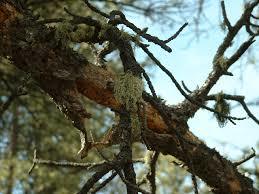
Source: Shutterstock
Old man’s beard or Usnea is a lichen that grows on conifers in northern climates. A popular food source for the caribou and the moose, but also boasts wilderness survival properties beneficial in a survival situation. The method of creating Usnea tincture by crushing of old man’s beard into a thin powder, adding to water over low heat with a few drops of alcohol. Usnea is helpful in treating a variety of wilderness ailments including respiratory illnesses, abscesses, fungal infections, skin infections as well as vaginal infections.
7. Balsam Poplar – Balm of Gilead
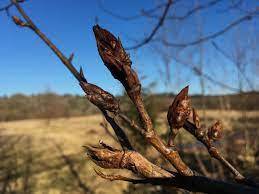
Balm of Gilead
The ointment made from the Balsam Poplar winter buds is called “Balm of Gilead” and can be used to relieve chest congestion, treat skin problems and reduce swelling. This is an ointment or salve is beneficial for bruises, sprains, sunburn, achy muscles and dry skin. To make Balm of Gilead, collect 1 cup the winter Balsam buds, add 2 cups olive or other pure oil. Place in a 1 litre mason jar, then put the jar in a double boiler and heat. Maintain water temperature just below the boiling point, steep the buds for about 1 hour and Strain solution and cool. Add ½ tsp of vitamin E oil to your bottle of Balm of Gilead oil, to protects the oil from going rancid.
Final Word
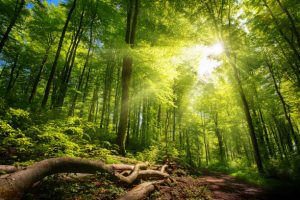
Source: Shutterstock
You have seen how trees, shrubs and plants can provide herbal medicines and remedies for a variety of ailments. Finding and recognizing this vegetation in the wild is key, along with understanding the copious medical benefits they offer. These 7 seven trees/plants are only the tip of the iceberg in what fantastic remedies lies in our native North American foliage.



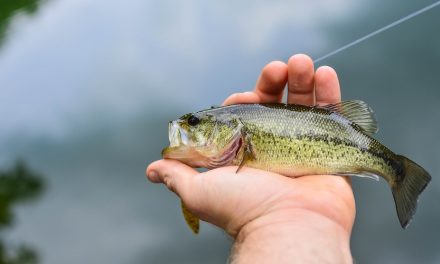
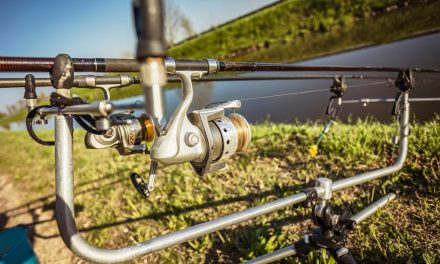
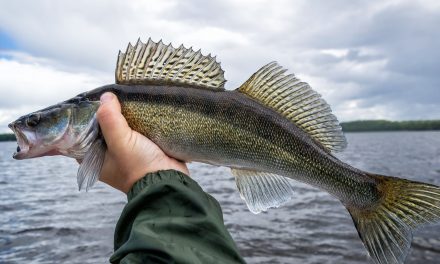
 E-Newsletter
E-Newsletter